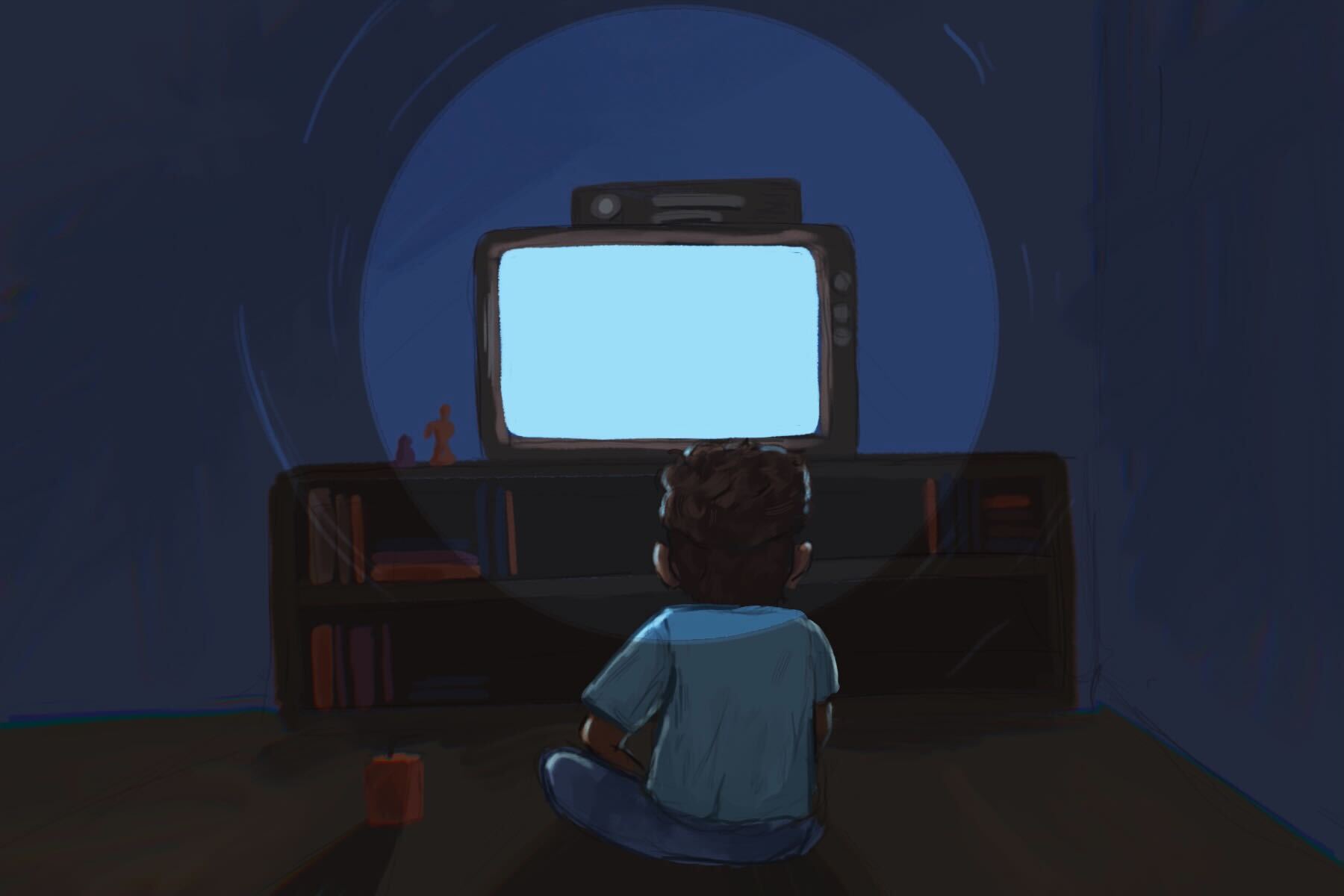The first ever television system aired on Sept. 7, 1927. Considering that was about 95 years ago, it’s safe to say we’ve come a long way since. Throughout the past few decades, technology has evolved in various ways. We now have cell phones, laptops, flat-screen TVs and even robots at supermarkets. Although technology brings convenience and connectivity to modern life, it can also negatively impact users — especially children.
The main purpose of television is to provide entertainment. Smart TVs allow users to access many subscription applications, including Hulu, Netflix, HBO and YouTube. Getting a TV or accessing one of these streaming platforms via phone, laptop or iPad is fairly easy. Moreover, there are shows and movies created for every party, and thousands are created specifically for children.
Exposure to violence is one of the negative effects of children watching too much television. From birth to age 5, children’s brains undergo a significant amount of development. Violence can disrupt and confuse this development by interfering with their judgment. Elana Pearl Ben-Joseph, MD, pointed out that in television, “often the hero wins by fighting with or killing the ‘bad guys.’ This can confuse kids as they try to understand the difference between right and wrong.” If violence is marketed as a good thing to children, they will likely mimic the behavior they see and begin to show signs of aggression.
Violence is not the only behavior that can disrupt the developing minds of children. There are other risky behaviors portrayed in the media such as substance abuse and sexual activity. As is the case with television violence, children tend to mimic the things they see because, to them, everything is a learning process. Exposure to risky behavior can lead to early engagement with substances and activities that are not meant for kids. The media tends to glorify such behaviors, portraying them as fun and exciting, which only increases the likelihood of children experimenting with them early on in their development.
However, television is not universally negative. For example, some channels marketed toward children are created for educational purposes, like Sesame Street. This channel and those like it expose kids to arts and crafts, math, the alphabet, history and geography.
Television can also introduce children to different cultures and traditions that they may not be exposed to in their own homes. Just as aggression and violence can be learned, so can emotional self-regulation. Some children’s television shows demonstrate how to responsibly interact with peers, handle conflict and cope with overwhelming emotions such as stress, jealousy and frustration. Juliann Garey wrote about a study that focused on the benefits of watching television with your children: “When parents watch with their kids, they can use strategies on the shows in the real world to coach kids on emotional regulation.”
Today’s young adults and college students grew up in a generation with the best of both worlds: They had access to all the new technology introduced in the early 2000s, but still played sports and spent time outdoors. It is important for kids’ mental health to engage in physical activity. And while technology is great for many reasons, it can also be unhealthy when overused or incorrectly regulated for children. But thankfully, there are ways to prevent children from experiencing harmful interactions online or getting exposed to inappropriate content.
Most tech gadgets have settings to limit and monitor access to certain types of content. There are also settings available to control your child’s screen time per day and week. Limiting screen time can be beneficial to everyone, not just children. It is proven to lower stress, improve sleep habits, boost physical activity, reduce eye strain and improve posture. A great tip is to “make sure that when you use screens, you take frequent breaks to stretch and move. Don’t use your phone within two hours of going to bed.” Taking a break from technology and media can open opportunities to become active and engage with the people around you. Don’t forget to make memories in person and live in the moment. At the end of the day, those will mean more than any television show you could have watched.
















